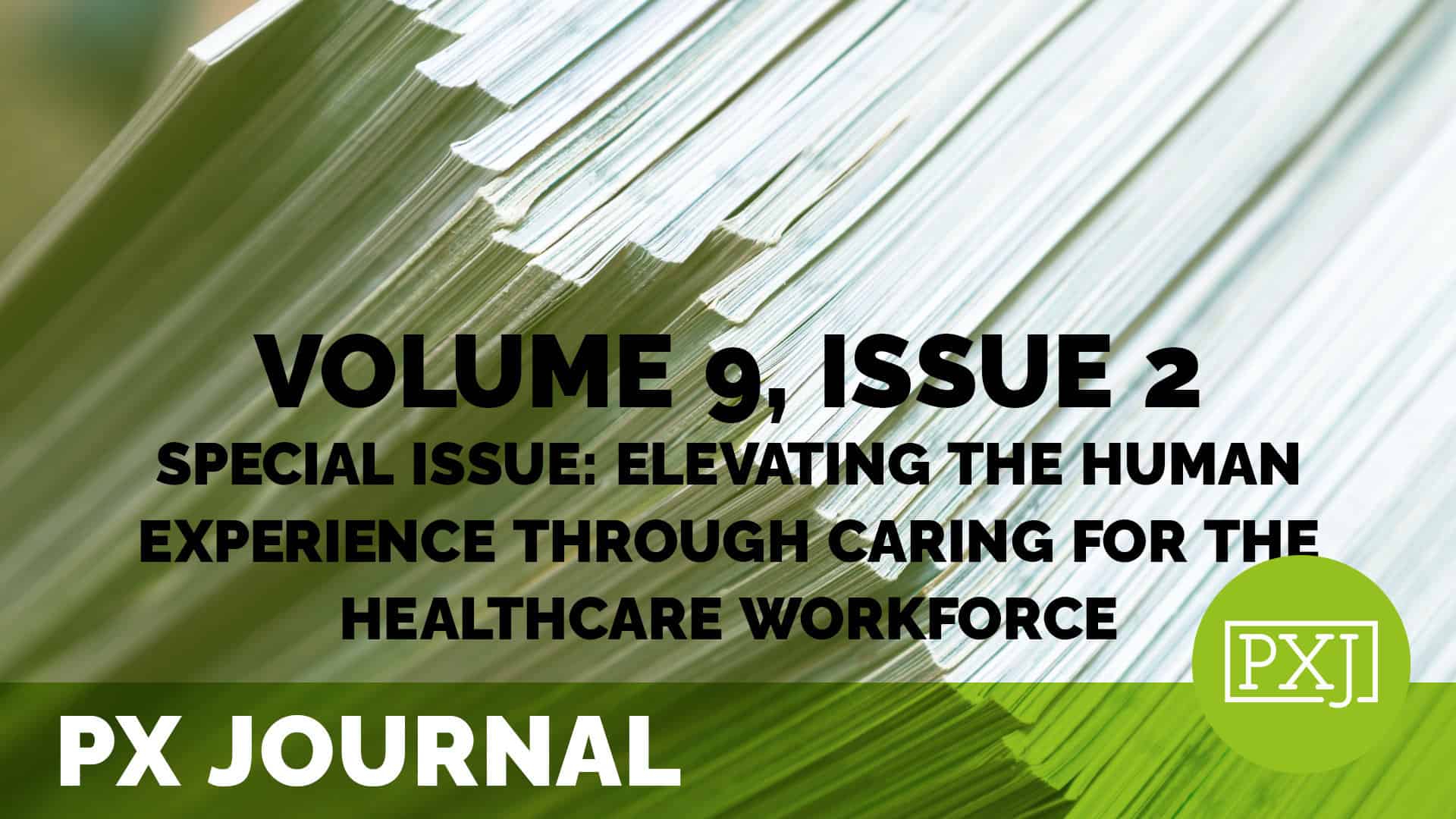Improving workforce experiences at United States Federally Qualified Health Centers: Exploring the perceived impact of generational diversity

This qualitative study aimed to explore a multigenerational workforce’s impact on employee engagement as perceived by Federally Qualified Health Centers’ (FQHCs) C-suite executives. It sought to answer one research question: What is the perceived impact of generational diversity on employee engagement of Federally Qualified Health Centers (FQHCs) in the United States? This cross-sectional study was national. Primary data were collected using a self-developed, two-part survey instrument: (1) eight demographic questions and (2) two open-ended, short-answer questions. Cognitive interviews, reviews by five subject matter experts, and a pilot study were completed to ensure the instrument’s validity and reliability. Demographic data were analyzed using Minitab V19, and qualitative data were analyzed using MAXQDA V2020. The final sample (n=81) represented 6% of the 1,400 U.S. FQHCs and consisted of respondents from all five U.S. geographic regions: Northeast, Southeast, Midwest, Southwest, and West. Of the 81 FQHCs, one-third had a four-generation workforce, and over one-half had a five-generation workforce. A multigenerational workforce was important and necessary because of enhanced work creativity, improved problem solving, and a better representation of FQHCs’ diverse patients. Conversely, a multigenerational workforce also presented challenges, including the need to address generation-specific expectations, family dynamics, rewards and recognition, technology proficiency, and learning and training opportunities. Engaging a multigenerational workforce presented benefits and challenges. The benefits included fostering a sense of learning culture, transferring knowledge and skills, and promoting more representative patient communities which FQHC employees served. The challenges included varied expectations, different communication styles, and inter-generation perceptions in healthcare workplaces.
Related content
-
 Patient Family & Community Engagement | Staff & Provider Engagement
Patient Family & Community Engagement | Staff & Provider EngagementSee It, Say It, Save It: Empowering Employees to be a Part of the Solution to Patient Belongings
This webinar explores the impact of lost belongings on the patient, their families, and your organization. You will hear best practices for empowering and motivating your staff around the patient belongings process through awareness, education, recognition, and incentive programs. Key learnings will be shared about the See it! Say it! Save it! Program, launched in
Learn more -
 Culture & Leadership | Quality & Clinical Excellence | Staff & Provider Engagement
Culture & Leadership | Quality & Clinical Excellence | Staff & Provider EngagementWords Matter: The Transformative Power of Language for Empowering Care
The words you use with colleagues and clients/patients from initial engagement through every level of patient-centered care can have a profound impact on the patient experience and impact understanding, adherence to treatment regimens, and recovery. Which part of a person are you addressing, which aspect of the human brain are you seeking to engage, and
Learn more -
 Quality & Clinical Excellence | Staff & Provider Engagement
Quality & Clinical Excellence | Staff & Provider EngagementGood to Great: A Team Approach to Excellence
In 2023 Hartford HealthCare’s Human Experience Team embarked on a Good to Great (G2G) journey to identify teams that have the biggest impact on the metric of likelihood to recommend. The journey began with an analysis of patient experience and colleague engagement data from inpatient units across Hartford HealthCare. By analyzing data for likelihood to
Learn more
